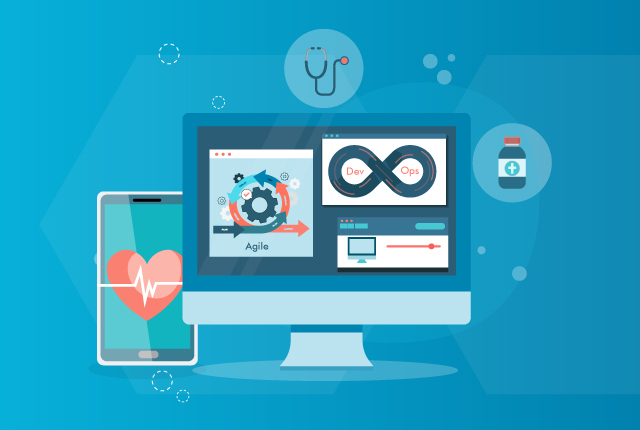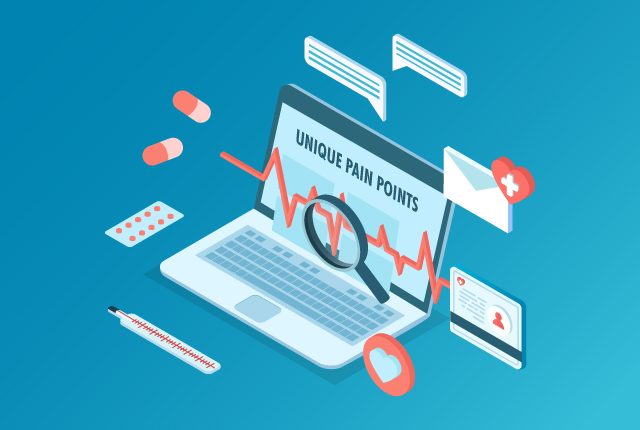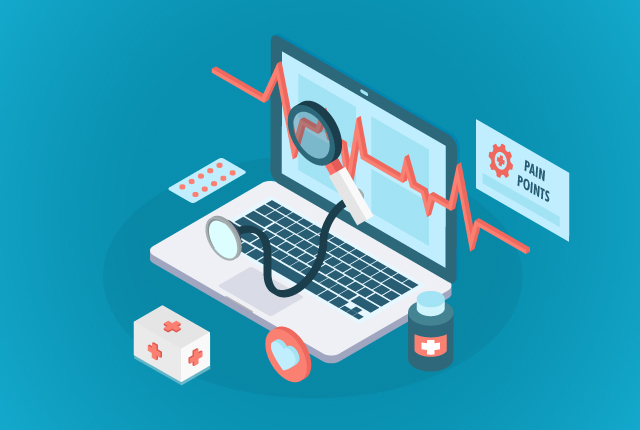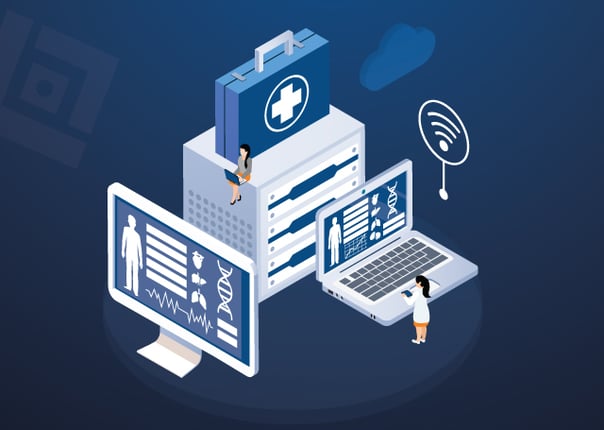This blog explains how EDI testing works in healthcare, why accurate testing is essential, common challenges teams face, and best practices to ensure error-free, compliant, and efficient data exchange across providers, payers, and systems.
QASource Blog
In our blog, we take a deep dive into the latest QA strategies, methodologies, and industry best practices driving the world of quality assurance. Follow our blog to get new ideas as to how to effectively deliver high-quality, bug-free software products, websites, and applications, while keeping costs low.

HIPAA compliance testing is essential in 2026 to safeguard patient data, prevent costly violations, and ensure system resilience. This blog outlines proven strategies, AI-driven security trends, and expert testing solutions to achieve full HIPAA compliance.
DevOps and Agile software development in healthcare boost speed, transparency, security, and innovation affordably. Learn about their benefits, strategies, real-world use cases, and QASource’s role in successful implementation.
Healthcare apps hold patient and organizational data, making them prime cyberattack targets. This blog highlights key challenges, testing types, AI trends, and best security testing practices for ensuring security and compliance.
Healthcare is one of the most rigorous and unique areas when building and testing software products. Product companies in this space are helping doctors, patients, and other medical professionals reimagine what’s possible with wearable technology, hospital indexing systems, and countless other innovations.
Welcome to the final installment of our healthcare software testing blog series, where we explore the unique pain points of testing in this space and uncover the solutions that QA teams can provide. In our last posts, we looked at challenges related to domain expertise, data migration, healthcare standards, integration testing, security testing, and performance testing.
It is essential to test your medical devices for accurate diagnosis, prevention, and treatment of illnesses. Various factors like regulatory norms, cyberattacks, or software glitches can affect the functionality of the medical device. Hence, to ensure high-quality output, quality assurance and quality control have become the need of the hour in medical device testing.
The future of healthcare is digital. Although, services like telehealth appointments and electronic health records have become the industry norms, providing these services alone are not enough to stay ahead of the competition. It is equally important to invest time and effort to test your medical devices for accurate diagnosis, prevention and treatment of illnesses due to the increasing complexity of software embedded in these devices. Various factors like regulatory norms, cyberattacks or software glitches can affect the functionality of medical devices, and hence, to ensure high-quality output, quality assurance has become the need of the hour.
The COVID-19 pandemic brought a drastic change in people’s lives and the business world. Even healthcare technology witnessed major advancements like telehealth, virtual medical assistance, and automated medical apps and software. Although, the transformation of the healthcare industry is running successfully, however, protecting compliance regulations is a bit concerning for healthcare organizations. And true to that, healthcare service providers and patients are not exempted from any compliances or regulations.
Written by QA Experts
QASource Blog, for executives and engineers, shares QA strategies, methodologies, and new ideas to inform and help effectively deliver quality products, websites and applications.
Categories
Authors
Our bloggers are the test management experts at QASource. They are executives, QA managers, team leads, and testing practitioners. Their combined experience exceeds 100 years and they know how to optimize QA efforts in a variety of industries, domains, tools, and technologies.








